Microworlds: Bugs on the Rocks – Hakai Institute
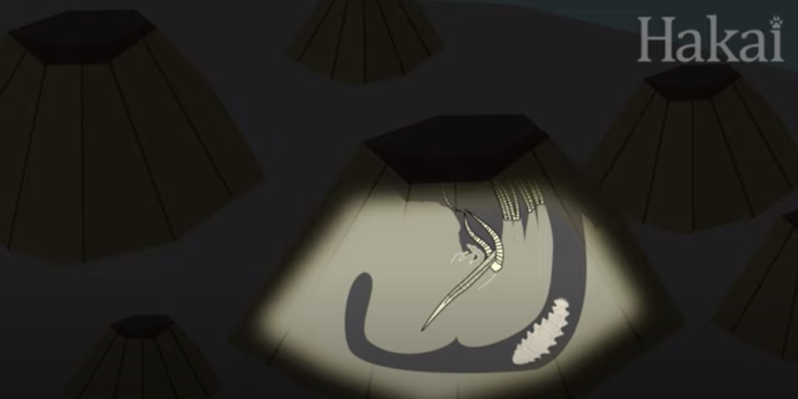
If you thought sand was tough enough for insects, meet the bugs that make a living on British Columbia’s rocky seaside, where conditions swing wildly between extremes. One moment, they could drown. The next? Get baked in the sun. But certain strange-looking creatures have adapted to life on the edge here…
Long Story Shorts: What’s the Deal with Bioluminescence? – Hakai Institute

Lots of organisms in the ocean can glow. But what is bioluminescence? And how is it used?
Explore the shoreline with an underwater viewer – National Geographic
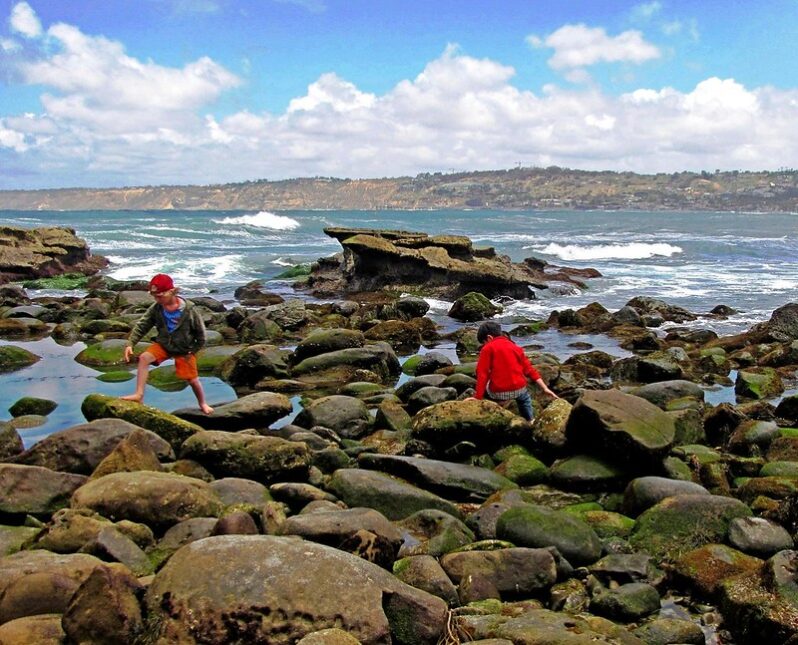
Show kids the importance of the shoreline, which provides an active habitat for wildlife and provides stability to the water’s edge. Help them make an underwater viewer to explore this important microhabitat…
Students learn lessons on climate change, pollution through raising salmon – NPR
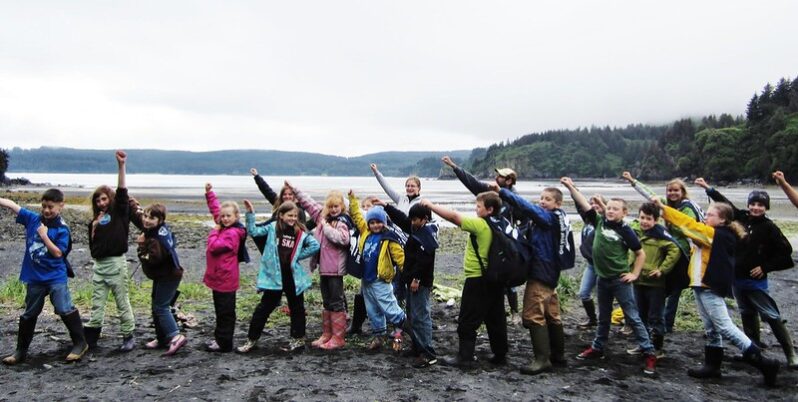
“It’s really a delicate balance because we are dealing with traditions and culture of the Native people,” Hodges says. “This is their land, this is their salmon. And so we have to really be part of that.”
Long Story Shorts: What is Symbiosis? – Hakai Magazine
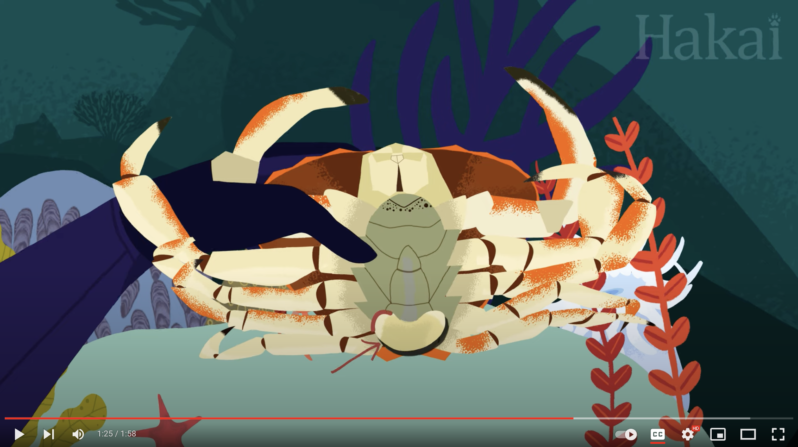
You might think symbiosis is when two different species live in perfect harmony— but that’s just one kind of interaction. See what happens when symbiosis takes a dark turn…
Long Story Shorts: Why Do Fish Have Gas? – Hakai Magazine

Fish have bladders, but not the one you’re thinking of. These swim bladders put the buoyancy control of scuba divers to shame.
Regional Emmy® Award-Winning TRASH TALK – NOAA
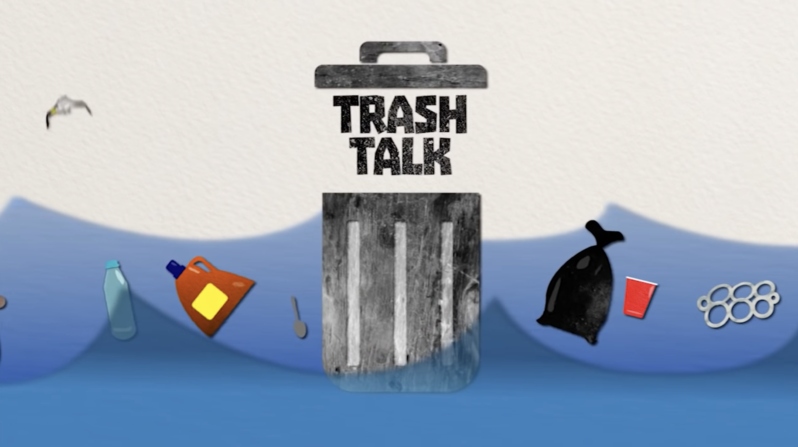
Don’t you think it’s time we all have an honest trash talk? Ocean Today, in partnership with the NOAA Marine Debris Program, presents Regional Emmy® Award-winning TRASH TALK, a 15-minute special feature on marine debris for World Ocean Day. It is specially designed to be part of your World Ocean Day festivities and beyond…
NOAA’s “Picture Climate Change” Student Photo Contest

Show NOAA how climate change is impacting your community
To enhance our understanding of the diverse ways climate change impacts people and places around the United States, NOAA is asking students in grades 5 through 12 for photo submissions showcasing what climate change means to you…
KIDS VS. PLASTIC Plastic Pollution What’s the problem? – National Geographic
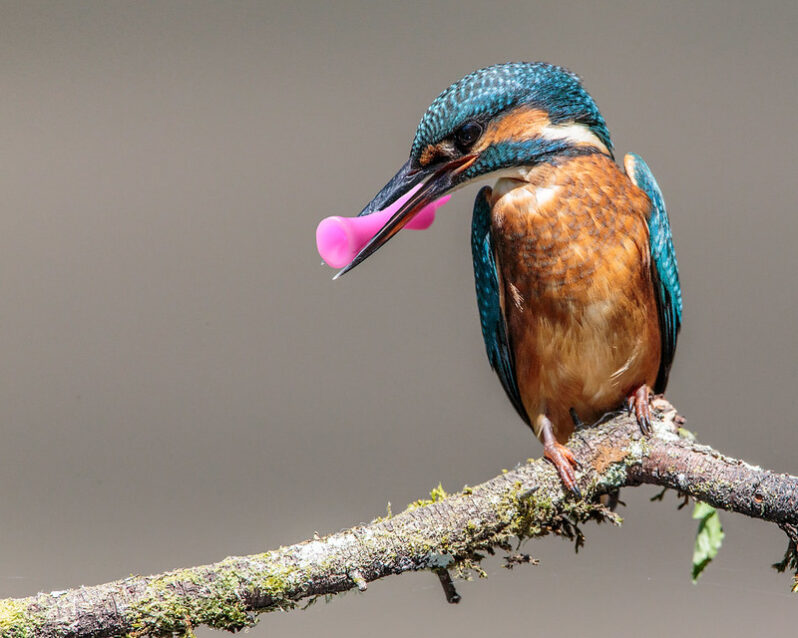
A sea turtle swims through the water and spots a white blob floating near the surface. “Yum!” it thinks. “A jellyfish!” Chasing after its dinner, the turtle swallows the item. But the floating blob isn’t a jelly—it’s a plastic bag that could make the sea turtle sick…
